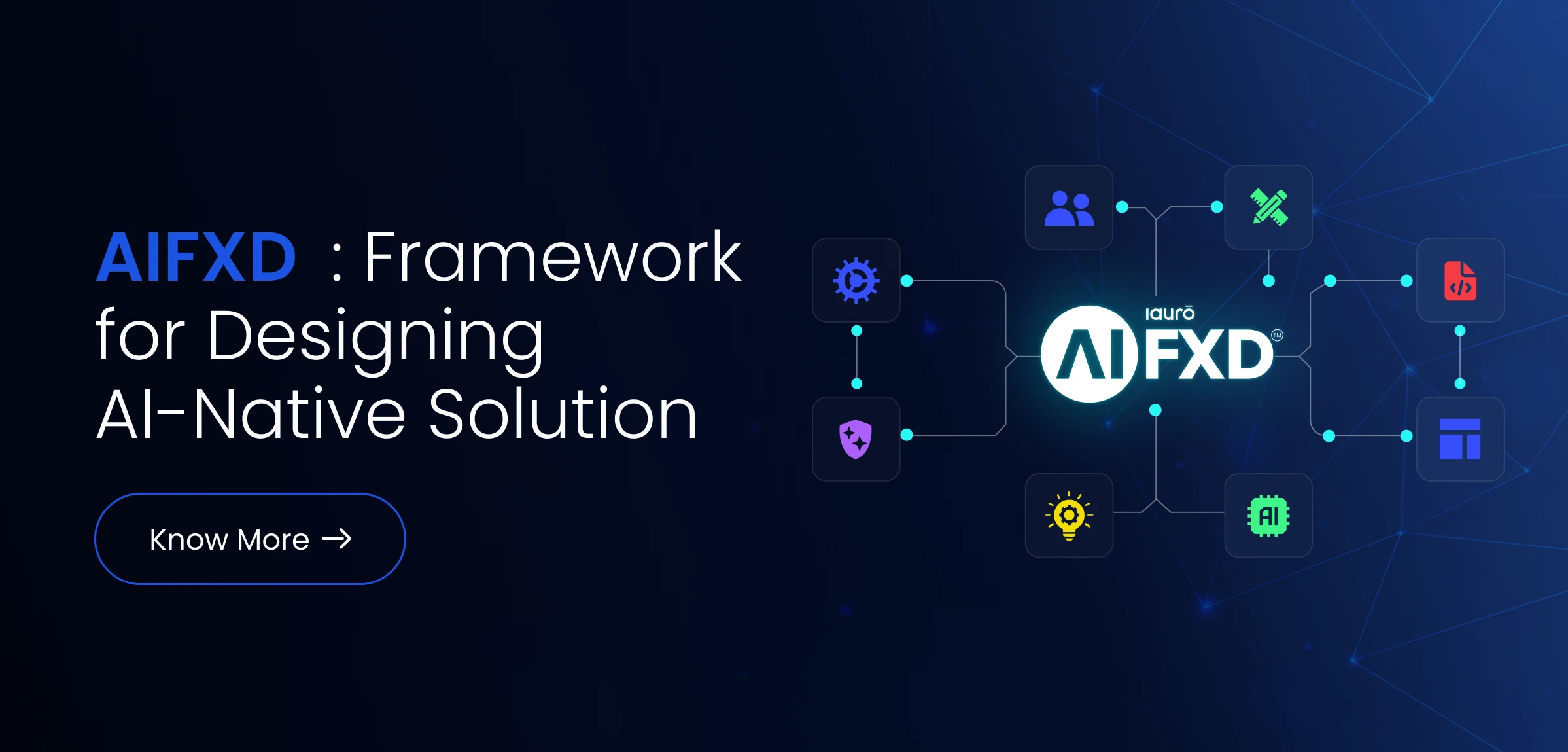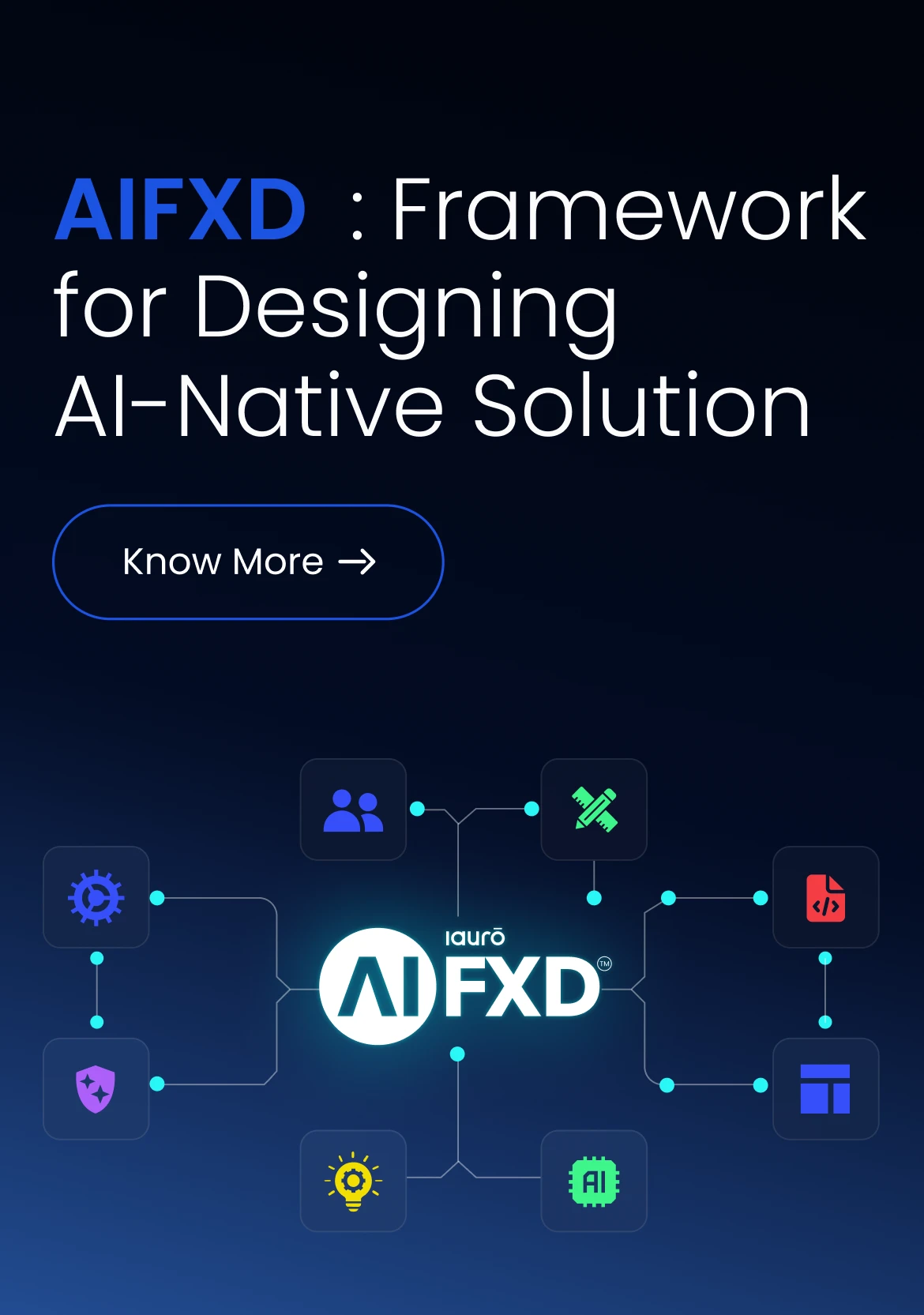From Cost Centers to Intelligent Growth Drivers: Reimagining Operations with AI-Native Workflows


What if operations weren’t just a cost—but a compass?
Enterprise operations have long been branded with the wrong title: cost centers. A phrase that’s stuck for decades, it implies operations exist purely to consume resources while enabling other departments to shine. But that label has worn thin. Business leaders are beginning to ask a new kind of question: What if operations could lead the charge—not just support it?
The answer isn’t automation alone. And it’s definitely not retrofitted AI modules slapped onto legacy systems. What we’re looking at is something deeper, more structural: AI-native workflows. These are not just smarter workflows. They are intelligent systems that don’t wait to be told—they learn, adapt, and act.
This is the new frontier of operational excellence. And the companies who get there first? They won’t just save money. They’ll change how they grow.
Efficiency isn’t the finish line anymore
Operations teams have traditionally been rewarded for squeezing out inefficiencies—fewer steps, faster cycle times, less spend. But here’s the problem: after a while, there’s nothing left to trim. You can only optimize so much before you start plateauing. But here’s the problem: after a while, there’s nothing left to trim. You can only optimize so much before you start plateauing.
That’s when enterprises begin looking for something more—not just faster processes, but smarter ones. Not just cost reduction, but contribution to growth. And that’s precisely where AI-native operations start showing their teeth. They don’t just automate—they adapt. They allow processes to rethink themselves in real time. The difference is subtle in theory, but massive in execution.
Why digital transformation usually fails operations
Let’s call it out plainly—most digital transformation efforts fail to deliver on their promises when it comes to operations. And not because the ambition is wrong, but because the approach is incomplete. According to HBR and MIT Sloan, 78% of digital transformation efforts fall short of business expectations. The question is—why?
The first issue is lack of clarity. Leaders often initiate transformation projects without truly defining what success looks like. That leaves teams stuck in endless pilot phases—building proofs of concepts that never scale.
Then there’s the people’s problem. Change resistance runs deep. Over 63% of executives cite organizational inertia as a top barrier. In large companies, existing processes aren’t just habits—they’re embedded in culture, workflows, compliance protocols. Changing them isn’t just technical—it’s political.
And let’s not forget the tech debt trap. Legacy systems are still eating up 70–80% of IT budgets, leaving little room for experimentation. And when systems don’t talk to each other, automation hits a wall. The result? You spend millions trying to automate what’s fundamentally broken.
Which brings us to the AI-native distinction.
The difference between AI-enabled and AI-native isn’t just technical—it’s strategic
It’s easy to assume slapping a bit of AI into your workflow is enough. After all, many enterprises have done it—chatbots in customer service, OCR in invoice scanning, analytics dashboards for tracking performance. These are AI-enabled workflows. They help. But they don’t change the game.
AI-native workflows, on the other hand, rethink the entire architecture. Instead of adding intelligence on top, they bake it in. The workflow itself becomes intelligent—able to make decisions, self-correct, and adapt continuously without waiting for human reprogramming.
Take something like procurement. In an AI-enabled model, you might automate invoice approvals. In an AI-native model, the system predicts demand, flags anomalies, negotiates with vendors, and adjusts strategies based on supply chain dynamics—without human initiation.
It’s the difference between automating tasks and orchestrating outcomes.
When operations lead, value compounds
Here’s where things get interesting. When AI-native operations are properly implemented, the ROI isn’t just visible—it’s compounding.
Let’s look at some numbers:
- Morgan Stanley cut compliance review costs by 30% by using AI-native systems to automate document analysis—freeing up thousands of hours of manual work.
- Unilever reduced hiring costs by 50% and shortened recruitment cycles by deploying AI-native HR workflows.
- DHL saved millions annually by using AI for real-time delivery route optimization.
These aren’t isolated wins. They’re systemic shifts—where operations go from quietly supporting the business to driving competitive advantage.
And across industries, we’re seeing this shift accelerate.
Manufacturing, finance, logistics—everyone’s experimenting. Few are scaling.
In manufacturing, companies like LG and Intel have embedded AI-native models to manage predictive maintenance, supply chain resilience, and defect detection—leading to 30% increases in production and double-digit reductions in waste and energy use.
In financial services, AI-native fraud detection models have cut false positives by half. AI-powered customer insight engines have increased product uptake by over 35%.
In logistics, Amazon’s predictive fulfillment systems are a masterclass in AI-native orchestration—handling 400+ million product forecasts during peak events without a hitch.
But here’s the reality check: most companies are still stuck in phase one.
Despite 72% of enterprises reporting AI use in some form, only 4% have truly AI-native, enterprise-wide systems. The rest are patching around the edges. Which is fine—for now. But as early adopters move faster and learn quicker, the performance gap is going to widen. Fast.
What does it take to build AI-native operations?
Let’s be blunt—it’s not easy. But it’s doable, and the blueprint is becoming clearer. Companies that are getting this right all seem to share a few key foundations.
First, they build on a modular, cloud-native architecture—one that supports rapid deployment, elastic scaling, and microservices orchestration. There’s no room for monoliths.
Second, they invest in data fabric—real-time, unified, governed data layers that enable AI models to process context as it happens.
Third, they go beyond isolated tools. They build AI agents—task-focused systems that can collaborate, communicate, and self-improve. These agents handle everything from anomaly detection to workflow routing to risk scoring.
Fourth, they include humans in the loop—not as fallback, but as feedback. People are looped in for exceptions, ethical oversight, or model retraining—not day-to-day grunt work.
And finally, they architect for trust—with built-in security, explainability, and governance from day one.
If that sounds like a lot, it is. But the payoff isn’t just functional—it’s strategic.
Ask better questions—before you build anything
Before committing to AI-native operations, most CTOs and CIOs focus on tech readiness. But the more useful questions are behavioral and structural:
- Are your teams making decisions around data—or with data?
- Where in your workflows does decision-making slow down or break?
- Which processes still depend on human nudges, approvals, or judgment calls that could be contextualized and automated?
- Can your workflows evolve without re-engineering the whole system?
These aren’t just operational questions. They’re strategic ones. Because AI-native workflows don’t just change how work gets done—they change who drives outcomes, and how fast the business can react when the market moves.
And if your competitors can pivot faster than you, it doesn’t matter how many dashboards you’ve got open.
What’s coming next: Autonomous, adaptive, always-on operations
We’re heading into a world where operations never go to sleep. Where AI-native systems adjust staffing in real time, reroute supply chains before disruption hits, and surface risks before finance ever sees them. Where exception handling isn’t just a workflow branch—it’s a loop that retrains the AI itself.
In this future, operations don’t just execute strategy. They become living systems—constantly sensing, learning, and re-optimizing.
You stop spending time coordinating spreadsheets or reconciling system errors. You start spending it analyzing new opportunities, experimenting with product models, and anticipating future shifts.
That’s not just efficiency. That’s enterprise agility, built in.
A shift in mindset—more than just a shift in tooling
Becoming AI-native isn’t a plug-and-play investment. It’s a cultural shift.
It demands that CIOs stop treating AI as an enhancement and start treating it as the core engine of how work happens. It requires product and ops leaders to rethink workflows—not as static processes, but as adaptive organisms. And it challenges the business to value learning systems over linear ones.
But those who make the shift early? They’ll operate in a different league.
They’ll ship faster, spend smarter, and scale with less friction. Their operations won’t just support growth. They’ll create it.
Final thought: Don’t retrofit—reimagine
We’ll end with this: if you’re thinking about “adding AI” to operations, pause. That’s not the point.
The real opportunity isn’t to digitize the past. It’s to design for a new kind of operational future—one that’s intelligent, adaptive, and deeply aligned to how your business wants to grow.
That’s what AI-native workflows make possible. And that’s what separates companies that save money… from those that lead markets.
Let’s talk—no fluff, no jargon
At iauro, we don’t bolt on intelligence. We help customers re-imagine their business through AI native digital solutions— We do this by combining data, design, and AI systems into intelligent operational flows that grow with your business.
If your operations are ready to evolve from a cost center to a growth engine, we should talk.
Start the conversation at iauro.com
Or reach out to us directly at sales@iauro.com

